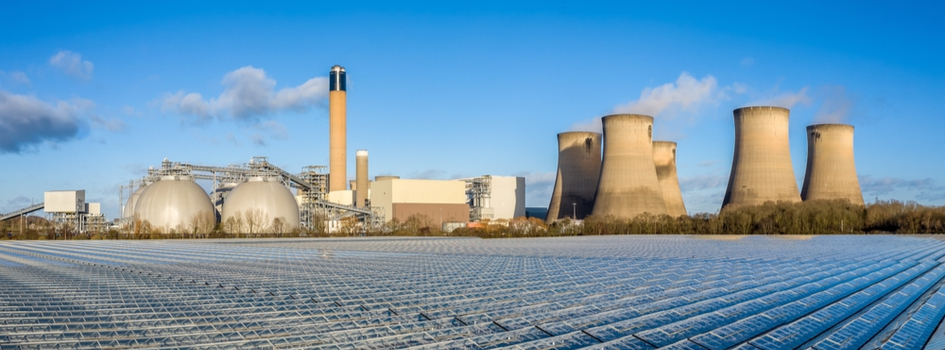
What Are the Different Types of Carbon Sequestration?
Carbon sequestration is an essential strategy for reducing greenhouse gas emissions and mitigating the effects of climate change. There are various carbon sequestration methods, each with its own distinct characteristics and benefits. This article will look at the multiple types of carbon sequestration, including their technical details and practical applications.
Carbon Sequestration?
Carbon sequestration is the process by which carbon dioxide (CO2) is removed from the earth’s atmosphere and stored in liquid or solid form. Typically, about 45% of the CO2 emitted by humans remains in the atmosphere, contributing to global warming. Carbon sequestration helps to reduce human carbon footprints, which contribute to global warming.
4 Types of Carbon Sequestration
What are the different types of carbon sequestration? Continue reading to learn about them, as well as their distinguishing features, benefits, and drawbacks.
Biological Carbon Sequestration
Biological carbon sequestration is the process by which carbon dioxide is removed from the atmosphere and stored as biomass in plants and soil. Biological carbon sequestration can be accomplished in any of the following ways:
- Planting new trees and forests, which absorb CO2 through photosynthesis and store it as biomass in the trees and soil
- Integrating trees into agricultural landscapes to enhance carbon sequestration in the soil and biomass
- Enhancing the ability of soils to store carbon through practices such as conservation tillage, cover cropping, and the use of organic matter

However, biological carbon sequestration has limitations, such as land-use conflicts and the possibility of carbon loss due to fires, pest attacks, and disease.
Geological Carbon Sequestration
Geological carbon sequestration is a method of carbon sequestration that involves storing carbon in underground rock formations. When industrial sources such as steel mills and power plants emit carbon dioxide, it is injected and stored in porous rock formations such as sandstone or limestone. CO2 can also be injected into depleted oil and gas reservoirs to improve the recovery of remaining oil and gas. Geological carbon sequestration is thought to be very effective because it can store large volumes of CO2 in a small area. However, it requires long-term maintenance, and there is a risk of CO2 leakage.
Read more about carbon capture in oil and gas industry.
Technological Carbon Sequestration
Technological carbon sequestration is a relatively new method for capturing and storing carbon dioxide that scientists are still exploring. It involves using technology to capture and store CO2 or make it into a resource. Some ways in which technology is used for carbon sequestration include:
- Graphene production: Technology can be used to produce graphene out of CO2. Graphene is a technological material that manufacturers use to create screens for smartphones and other devices.
- Direct air capture: Carbon dioxide can also be captured directly from the air using advanced technology plants. Direct air capture is effective but very expensive to implement.
- Engineered molecules: Scientists are creating engineered molecules that can single out and capture CO2 from the air. The engineered molecules serve as filters to attract and capture only the element they are engineered to trap.
Industrial Carbon Sequestration
Industrial carbon sequestration is the least common method of sequestration. It involves capturing carbon dioxide released from industrial processes through pre-combustion, post-combustion, and oxyfuel.
- Pre-combustion capture: During pre-combustion carbon capture, carbon is captured before fuel combustion. You can do this in coal by reacting with oxygen to produce carbon monoxide and hydrogen and separating them.
- Post-combustion capture: during, post-combustion carbon capture, CO2 is captured from flue gasses after combustion, typically using solvents or membranes. It involves capturing waste gasses to extract their CO2 before they exit smokestacks.
- Oxyfuel combustion: Instead of using air to burn the fuel, you can use oxygen, resulting in a flue gas primarily composed of CO2, which is easily captured and stored.

Explore the Possibilities of Carbon Sequestration with IFS
DXP/IFS is committed to helping those who are interested in helping the environment. We are constantly looking for solutions related to CCUS technology and especially those related to liquified CO2 handling and sequestration. Contact us to learn more about how we can help with your carbon sequestration project.

